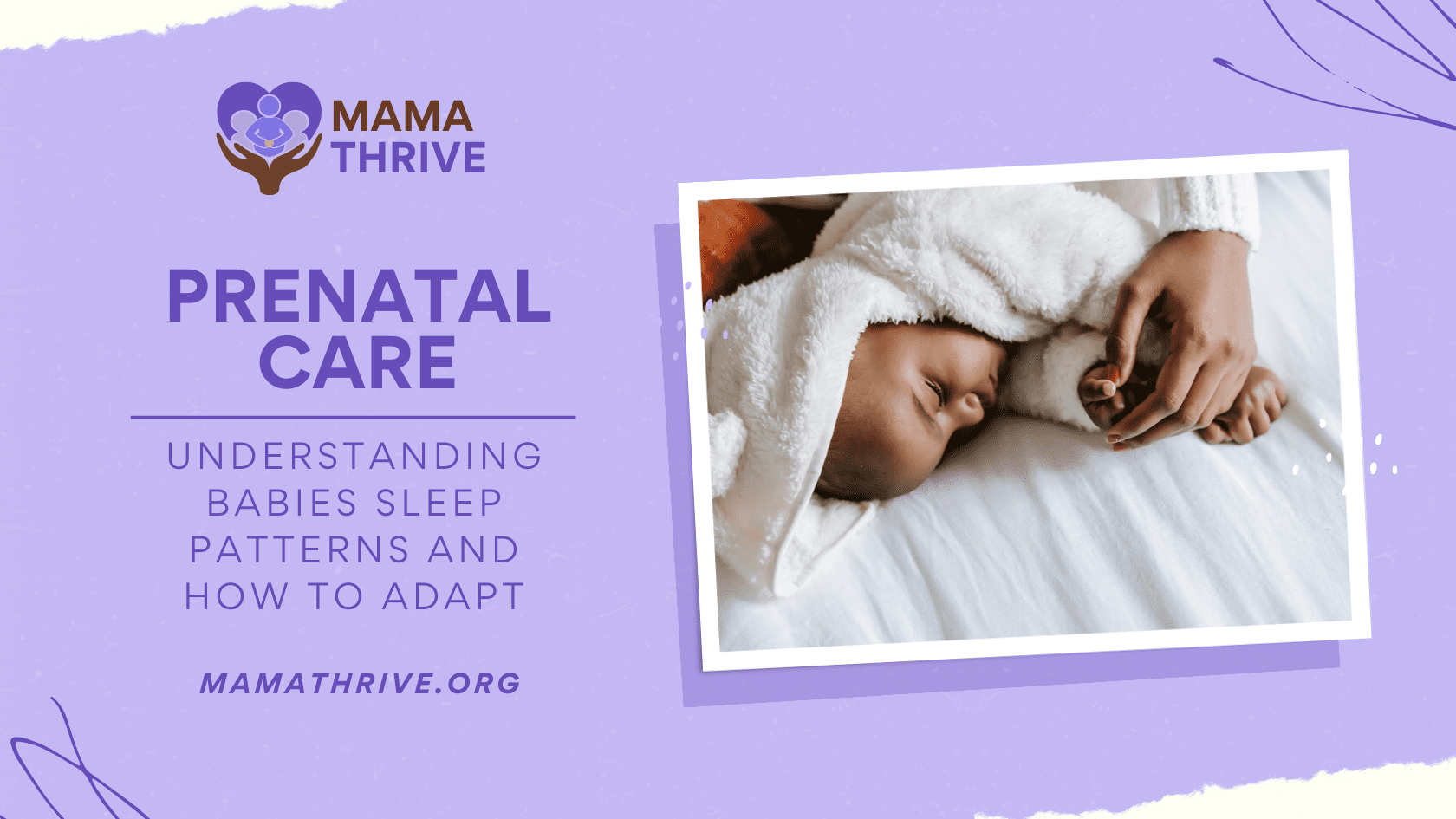Babies, with their angelic faces and tiny fingers, are undoubtedly bundles of joy. However, they can also be a source of sleepless nights for new parents. Understanding babies’ sleep patterns is crucial not only for your sanity but also for the well-being of your little one. In this article, we will explore the most common baby sleep patterns and essential safety measures for a healthy and peaceful slumber.
What are the Most Common Baby Sleep Patterns?

1. The “Catnapper”
Some babies are notorious for taking short naps, earning them the nickname “catnappers“. These brief sleep episodes can last anywhere from 20 to 45 minutes. While catnapping might be frustrating for parents, it’s entirely normal for newborns. As your baby grows, their sleep cycles will gradually lengthen, and longer naps will become more frequent.
2. The Night Owl
Night owls aren’t limited to adults; babies can be night owls too. These babies tend to have their fussy periods and are most alert at night. Establishing a consistent bedtime routine and creating a soothing sleep environment can help shift their sleep patterns to a more manageable schedule.
3. The Power Napper
Some babies are experts at power napping. They take short, rejuvenating naps throughout the day but rarely settle into long stretches of sleep. While this can be challenging for parents, it’s essential to respect your baby’s sleep needs and not force them into longer naps if it doesn’t come naturally.
4. The All-Nighter
Occasionally, babies may decide that sleep is overrated and prefer to stay awake for extended periods. This pattern is often linked to growth spurts or developmental milestones. Ensuring your baby gets enough daytime sleep and providing gentle soothing can help them return to a more typical sleep pattern.
Which Safety Measures Should Parents Take for Their Babies to Have a Healthy Sleep?
Ensuring your baby’s safety during sleep is paramount. Here are essential safety measures to follow:
- Back to Sleep: Always place your baby on their back to sleep, whether for naps or nighttime sleep. This reduces the risk of sudden infant death syndrome (SIDS).
- Use a Firm Sleep Surface: Your baby’s sleep surface should be firm and flat. Avoid soft bedding, pillows, or stuffed animals in the crib, as they can pose suffocation hazards.
- Keep the Crib Bare: A clutter-free crib is a safe crib. The only thing in your baby’s sleep space should be a fitted sheet.
- Room Sharing: Consider room-sharing with your baby for the first six months to a year. This makes it easier to monitor and attend to your baby’s needs while ensuring they have their separate sleep space.
- Temperature Control: Maintain a comfortable room temperature for your baby, typically around 68-72°F (20-22°C). Dress them in layers to prevent overheating.

FAQs
1. What should I do if my baby’s sleep pattern is irregular?
Babies’ sleep patterns can be irregular, especially in the early months. Be patient and establish a consistent bedtime routine. If you have concerns, consult with your pediatrician.
2. How can I help my baby sleep through the night?
Creating a bedtime routine, ensuring a comfortable sleep environment, and responding to your baby’s needs promptly can help them sleep longer stretches at night as they grow.
3. When should I transition my baby from a bassinet to a crib?
Transitioning depends on your baby’s size and age. Typically, babies move to a crib when they start rolling over or when they outgrow the bassinet’s weight limit.
4. Can I use a baby monitor for added safety?
Yes, baby monitors can provide peace of mind. Opt for a monitor with audio and video capabilities to keep an eye on your baby’s sleep.
5. Are sleep regressions common, and how can I handle them?
Sleep regressions can occur at various ages and are often associated with developmental milestones. Maintain a consistent routine, offer comfort, and consult with your pediatrician if sleep disruptions persist.
For professional help with your baby before and after birth, please take a look at our services.
Conclusion
Understanding your baby’s sleep patterns can bring a sense of predictability to your daily routine and help you provide the care they need. Remember that every baby is unique, and their sleep patterns may evolve as they grow. By following essential safety measures, you can create a safe and conducive sleep environment for your little one.





